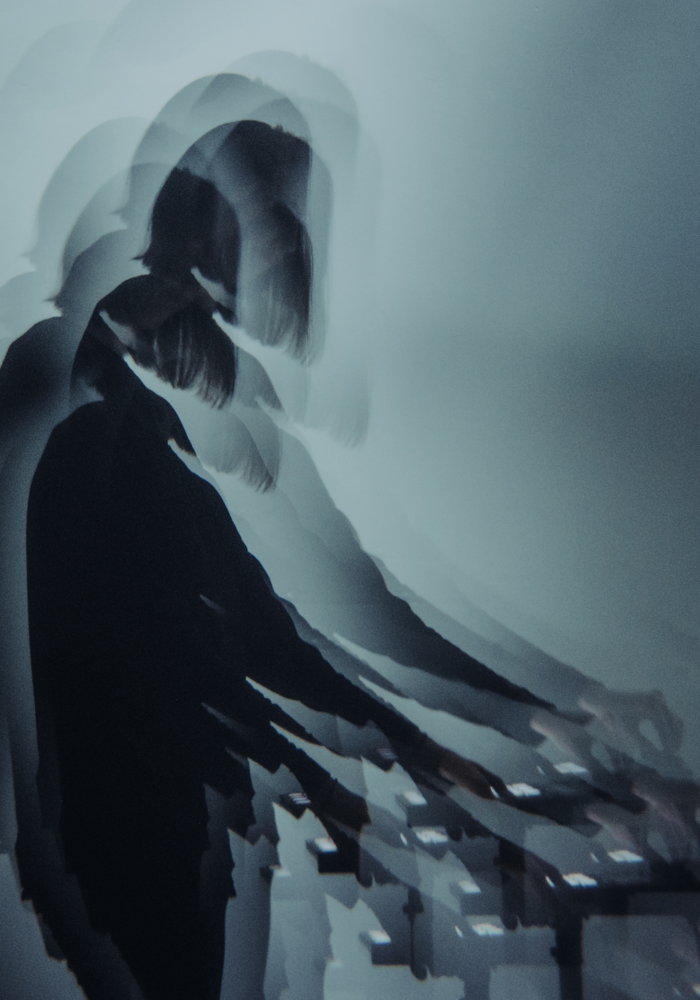London’s Copeland Gallery recently hosted a unique live performance-cum-art exhibition from electronic artist Halina Rice. Headliner caught up with her to discuss her approach to advancing the possibilities of immersive live events, and how L-Acoustics’ L-ISA technology helped bring her sonic vision to life.
“It felt like you had one foot in a gig and one foot in an art exhibition,” Rice tells Headliner as we join her via Zoom at her London home. She’s explaining the concept behind her recent performance at the Copeland Gallery in London as part of her New Worlds project, which is designed to intertwine music with mixed reality visuals and 360° audio. As both a producer of electronic music and a visual artist, she has consistently strived to create increasingly immersive AV environments in which to envelop her listeners. And with New Worlds, she has finessed this vision to its sharpest point yet.
“In 2017 I had an album out through a label called Blurred Recordings, and after that I had been working with a visual designer Yan Petýrek,” she elaborates. “We were really interested in the idea of immersive events, and I had seen a show where artists were projecting themselves live via mixed reality into visuals and I could not figure out how they were doing that in a live environment. So, we studied these videos and realized they were just using a Kinect 2. At that moment I decided this was the type of show I wanted to put on.”
Rice’s plans to begin work in earnest were, however, scuppered by the onset of the pandemic. But while lockdown may have slammed the brakes on any plans to put on such a show in-person, it also provided an opportunity for her to start investigating and researching what might be possible in the realm of live streaming.
“In September 2020 I self-released a project called Spheres, and we created this file where I could be mapped live, even though I was in my living room, into the file and Yan had all these beautiful cinematic camera angles, yet I’d stay fixed to a platform in this universe.
“Then, for the last release, I started working with a new designer. We wanted to do something that was audio reactive, so every time I released a record it had an entire visual environment and story around it. Each one is almost like a mini album, but really my heart was in taking this live. I did a couple of shows to explore how we could offer immersion for the audience.”
It was at this stage that Rice called upon the services of L-Acoustics and its L-ISA object-based sound technology to help enhance the immersive audio aspect of the show.


